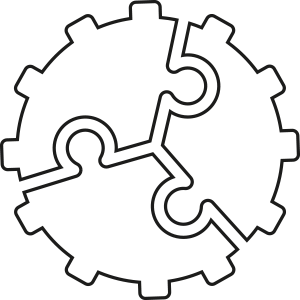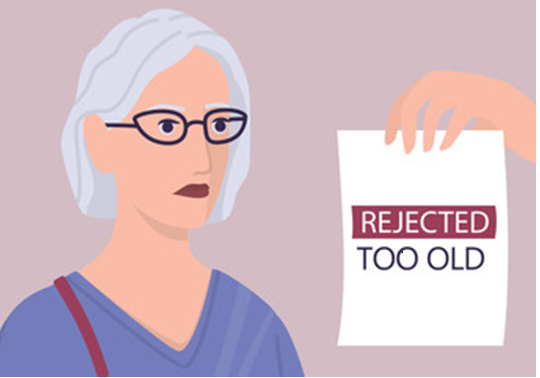„For
Estonia’s HR managers, a fifty-year old person is old as dirt and instead of
looking for work, should be thinking of purchasing a gravestone,” a
commentator writes on one of Estonia’s largest online news platform. Another
adds: “If you’re 50+, then you’ll only get to work as a cleaner, security guard
or cashier in Maxima.” These comments, written before the world was hit with
the pandemic, illustrate prejudice and biases all so common in the society. In
the current crisis, these might play an even more crucial role. This article
mostly references observations from Estonia, however the tendencies are similar
all over Europe. People over 50 are a growing segment on the job market, but
stereotypes often stand in the way of unlocking their full potential.
Although in Estonia, employment of people of advanced age follows a rising trend and greatly exceeds the European Union average, research still points out the following: ageism is anything but rare in the job market. One starts to get a sense of this already in their 40s and this feeling increases along with age. In the age group of 50-59-year olds, over 83% see their age as the most considerable obstacle in obtaining a job, for over 60-year olds, this share is above 90%.[1] To date, there are no official numbers on the impact of the coronavirus crisis for 50+ workers in Estonia, but findings from other countries suggest they might be more hit than others.
The population is growing older, as is the workforce – if now in Estonia, 39% of the population is over the age of 50, then by the year 2050 this is predicted to increase to 47% or almost half of the population.[2] The topic of age discrimination has been widely discussed in recent years, but a large progress in societal attitude is yet to be seen. Although labor scarcity forced businesses to expand their views before the pandemic, recruitment was often still based on the ‘perfect employee’, who would be in the ‘right’ age and with all the necessary skills. Now, when companies are opening up recruitment once again as societies are exiting lockdown, the pool is much wider and discriminatory selection might happen more easily. We have been constantly reminded that people are generally more at risk from Covid-19 the older they are, and this knowledge might unconsciously affect decisions about who and who not to employ.
But recruitment is still something only a fraction of employers can allow. More have been facing and still have to, difficult decisions of laying people off, furloughing employees and reorganizing work. As economies are opening up, but the threat of the virus is ongoing, older adults may not get back or be encouraged to go to work as soon as others, especially if the job does not allow social distancing or working from home. Taking into account that 50+ employees are less involved in managerial and specialist positions and more in service or blue-collar jobs[3], the repercussion of the crisis for them is something the society and employers have to acknowledge.
So is there a way to give every generation a seat at the table? Here are three first steps to help organizations address unconscious bias and create an inclusive workplace for every age group.
1. Prioritize the topic in your organization
Start by evaluating where your company currently stands. Try to understand to what extent and in what way your organization is influenced by ageism. It can be done by anonymous surveys, in-person interviews, statistical analysis or a in depth analysis to expose and explain in detail a situation in your organisation. Based on that, set your strategy and make organizational goals for success. Like with every new topic, it is important that everyone in your organization knows it is a priority, so set up a communication plan.
2. Build bias awareness
As a manager, become aware of unconscious bias in general and what your own may be, specifically. At the organizational level, consider organising facilitated discussions and training sessions promoting bias literacy. For people unfamiliar with the topic of unconscious bias, it can be a tough concept to fully appreciate, so do not expect quick fix, it indeed is a long journey for most.
3. Create processes to minimize ageism and bias
The goal for bias awareness is to make the decision-making process more mindful, to set aside bias a recruiter may for example have about elderly women. If employees keep their biases in mind when hiring, evaluate performance or consider promotion, they are less likely to discriminate people based on age and concentrate on qualifications, motivation and performance.
Article written by Liina Rajaveer and Kelly Grossthal (Estonian Human Rights Center)
[1] A research conducted in August 2019 by the Estonian Institute for Open Society Research on the job market, as referenced by Iiris Pettai in the Estonian Human Rights Center podcast.
[2] Population forecast of Statistics Estonia.
[3] Age Discrimination in the Labour Market, Estonian Institute for Open Society Research, 2018.




